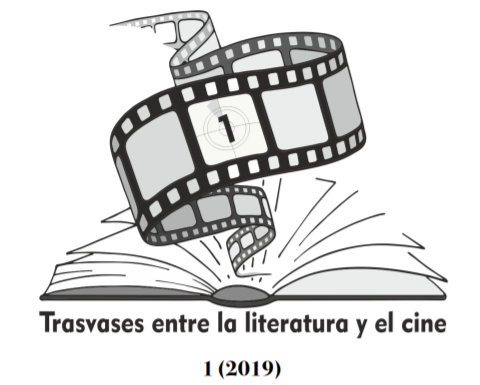The end of adolescence. Love & Pop: narrative and cinematographic sources in the audiovisual adaptation of the literary discourse
DOI:
https://doi.org/10.24310/Trasvasestlc.v0i1.6675Keywords:
cinema, literature, Japan, Hideaki Anno, Enjo k?sai, adolescenceAbstract
Hideaki Anno’s name is usually associated to the world of Japanese animation because of his work as the creator of Neon Genesis Evangelion. Although, the role this name should be linked is filmmaker. The purpose of his paper is analyze the narrative and cinematographic sources the director employs on his first live action film Love & Pop, shot in 1998 and based in the novel Topaz II by the Japanese writer Ry? Murakami. Is set as an aim to identify the abilities and cinematographic resource that make the director able to adapt to the audiovisual language topics as adolescence, social relationships and prostitution.
Downloads
Metrics
Publication Facts
Reviewer profiles N/A
Author statements
Indexed in
-
—
- Academic society
- N/A
- Publisher
- Universidad de Málaga
References
BARTHES, Roland (2008), El placer del texto. Lección inaugural, México, Siglo XXI.
CASETTI, Francesco y Federico Di CHIO (2014), Cómo analizar un film, Barcelona, Paidós.
EISENSTEIN, Sergei (2003), La forma del cine, México, Siglo XXI.
FERNÁNDEZ DÍEZ, Federico y José MARTÍNEZ ABADÍA (1999), Manual básico de lenguaje y narrativa audiovisual, Barcelona, Paidós.
FUKUTOMI, Mamoru (1997), An Analytical Study on the Causes of and
Attitudes toward “Enjo K?sai” among Female High School Students in
Japan, Tokio, Asian Women's Fund.
MCLELLAN, Gerald (2013), «An Examination of the Causes and Consequences of Compensated Dating (Enjo-Kosai) in Contemporary Japanese Society», Journal of Human Environmental Studies, 6, págs. 25-37.
STEIMBERG, Oscar (2005), Semiótica de los medios masivos. El pasaje a los medios de los géneros populares, Buenos Aires, Atuel.
Downloads
Published
How to Cite
Issue
Section
License
All authors published in this journal accept the following copyright terms:
a. Authors retain their authors´ rights (copyright) and grant First Publication Rights to the journal, which whill be published under a the Creative Commons Attribution-NonCommercial-ShareAlike 4.0 International (CC BY-NC-SA 4.0) license. All about this license is available in the following link: <http://creativecommons.org/licenses/by-nc-sa/4.0>
b. Authors may separately establish additional agreements for the non-exclusive distribution of the version of the work published in the journal (e.g. including it in an institutional repository, or publishing it in a book) with an acknowledgement of its initial publication in this journal.
c. Authors are allowed and encouraged to disseminate their work electronically (e.g. in institutional repositories or on their own website) as this can lead to productive exchanges, as well as earlier and more extensive citation of published work.
The author is responsible for obtaining permission from the copyright holder when using copyrighted materials.
This electronic journal is published by University of Málaga (UmaEditorial), thus it is necessary to cite the origin of any partial or total reproduction.








22.png)










